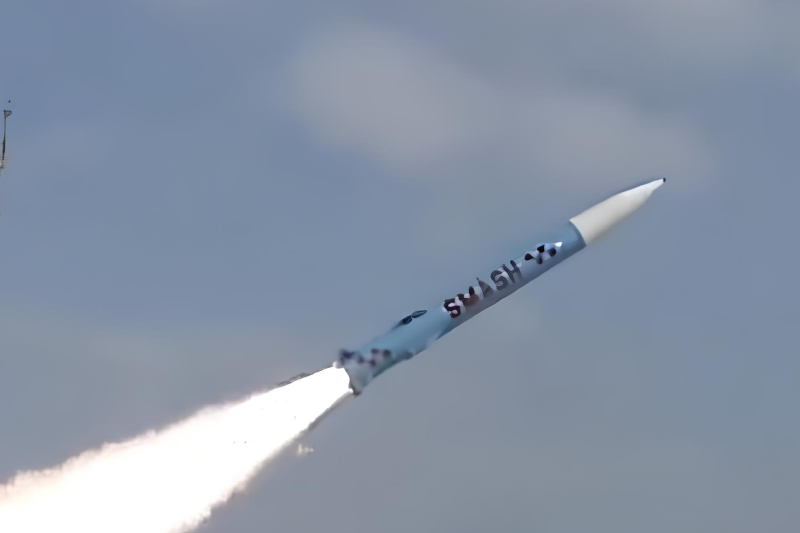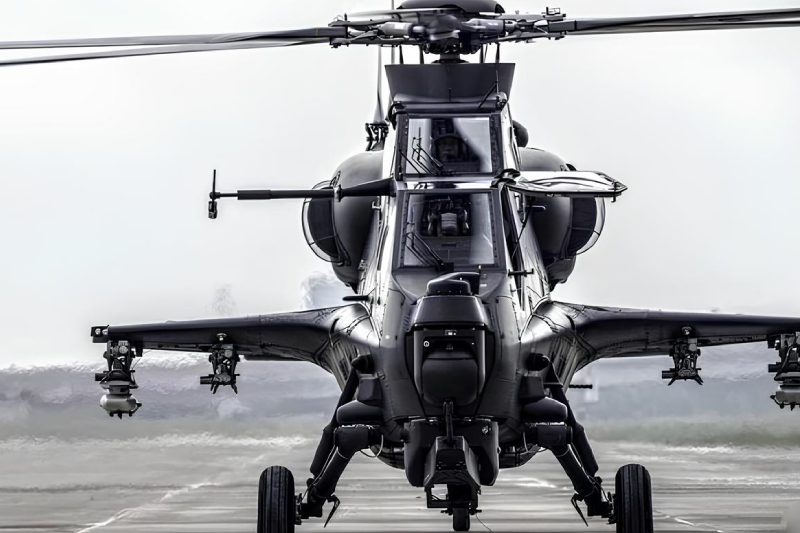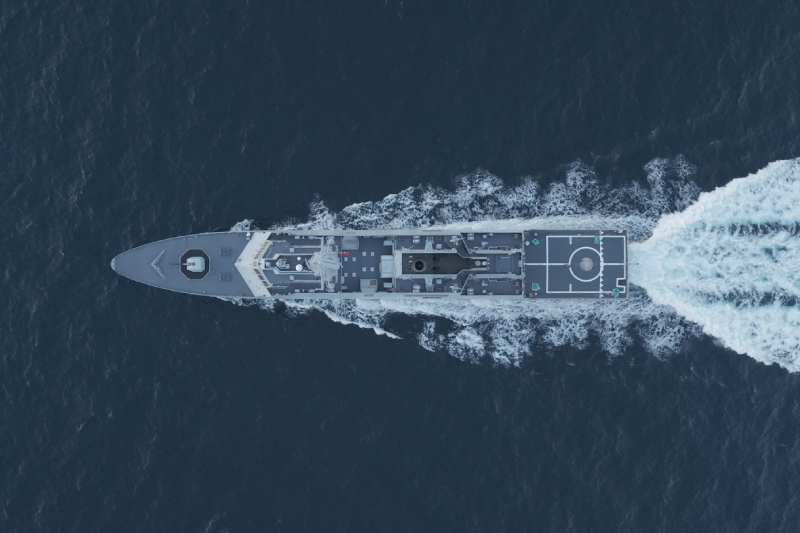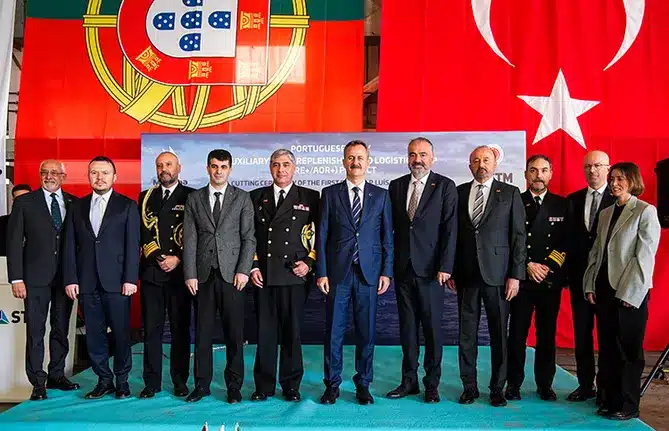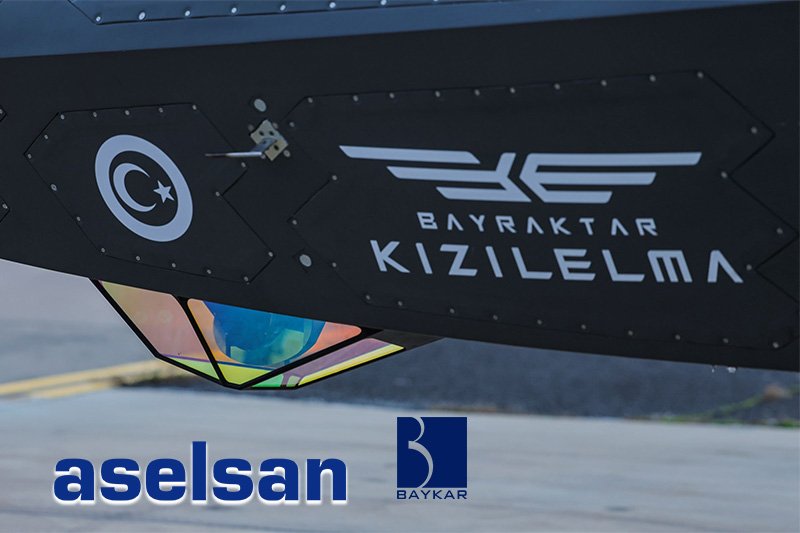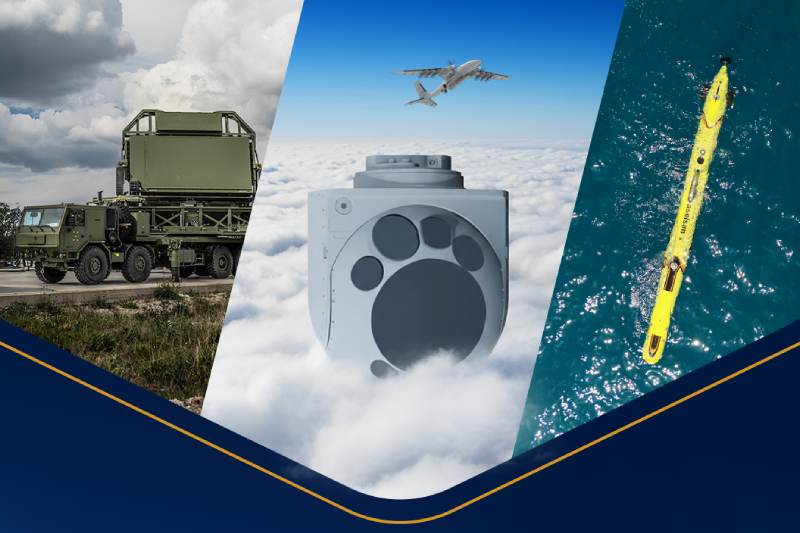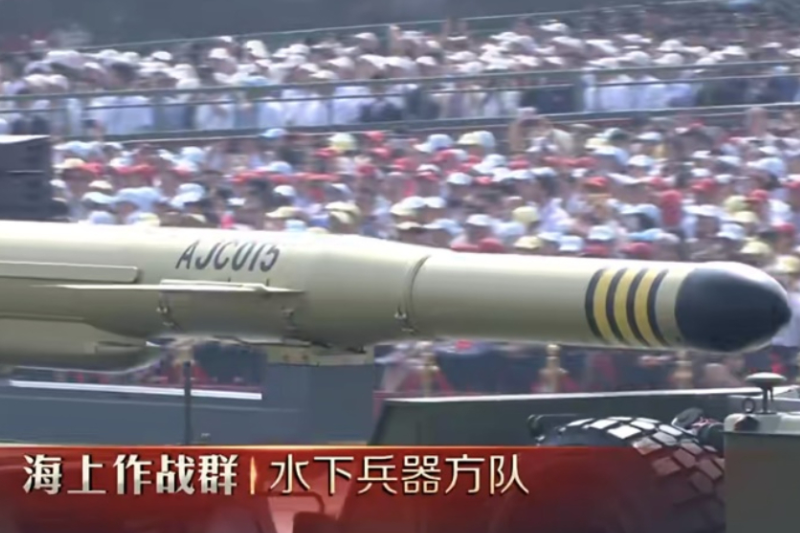China Showcases New Torpedoes and Sea Mines at Military Parade
China’s military parade showcasing China’s torpedoes, new-type sea mine capabilities marked a significant milestone in naval warfare technology on Wednesday. The event, commemorating the 80th anniversary of victory in the Chinese People’s War of Resistance Against Japanese Aggression, featured four revolutionary underwater weapons that demonstrate China’s torpedoes, new-type sea mine advancement in maritime defense systems. Military experts emphasize these weapons’ potential to transform naval blockade strategies and coastal defense operations.
The underwater weapon formation represents China’s most comprehensive display of naval strike capabilities to date. Four distinct weapon types were unveiled: light torpedoes, rocket-assisted torpedoes, heavy torpedoes, and intelligent special mission sea mines. Each weapon system addresses specific tactical requirements, from shallow water operations to deep-sea engagement scenarios.

Military affairs expert Zhang Junshe explained that this diverse arsenal enables comprehensive coverage of various maritime threats. The weapons can effectively target different vessel types while providing strategic advantages in both offensive and defensive naval operations.
Light torpedoes serve as the backbone of China’s nearshore defense strategy. These weapons excel in shallow water environments where traditional heavy torpedoes cannot operate effectively. Operating at depths between 50-100 meters, light torpedoes provide crucial strike capabilities in coastal regions.
The development of submarine technology enabling shallow water operations has accelerated light torpedo advancement. Enemy vessels operating in China’s coastal areas and major waterways face significant threats from these precision weapons. Their compact design allows for rapid deployment from various platforms while maintaining lethal effectiveness against surface and underwater targets.

Heavy torpedoes represent the pinnacle of traditional torpedo technology, offering extended range and devastating warhead power. Their larger size and weight enable engagement of major surface vessels at considerable distances. Surface ships and submarines primarily deploy these weapons against large and medium-sized enemy vessels.
The enhanced payload capacity of heavy torpedoes makes them ideal for engaging high-value targets such as aircraft carriers, destroyers, and cruisers. Their extended operational range provides strategic flexibility, allowing naval forces to engage threats while maintaining safe distances from enemy defensive systems.
Rocket-assisted torpedoes combine missile and torpedo technologies, creating a hybrid weapon system with unprecedented capabilities. These “anti-submarine missiles” address the challenge of engaging fast-moving nuclear submarines that can exceed 50 kilometers per hour underwater.
The weapon’s dual-phase operation begins with rocket-powered flight to the target area, followed by torpedo-mode underwater pursuit. This innovative approach significantly reduces engagement time and increases hit probability against high-speed submarine targets. Surface ships, submarines, and aircraft can all deploy these versatile weapons.
The rocket-assisted torpedo’s flexibility in launch platforms and combat modes makes it invaluable for modern naval warfare. Its ability to rapidly respond to submarine threats while maintaining long-range strike capabilities represents a significant tactical advancement.
The new-type special mission sea mine incorporates artificial intelligence for target recognition and autonomous attack capabilities. These “intelligent time bombs” can distinguish between friendly and hostile vessels based on predetermined parameters and characteristics.
Deployment flexibility allows these mines to operate at various depths in strategic waterways. Once positioned, they autonomously monitor maritime traffic and engage designated targets without human intervention. This capability transforms traditional passive mining into active, discriminating defense systems.
The combined weapon system provides comprehensive maritime blockade capabilities. Light and heavy torpedoes can engage vessels attempting to breach blockades, while rocket-assisted torpedoes eliminate fast-moving threats. Intelligent mines create persistent area denial in strategic chokepoints.
Don’t miss this: China Unveils Anti-Drone Laser and Microwave Weapons at V-Day Parade
Zhang emphasized that intelligent mines excel at blocking enemy transportation lines, strategic channels, and military ports. Their ability to trap enemy vessels in harbors while cutting maritime supply lines represents a significant strategic advantage in naval warfare.
China’s underwater weapon development demonstrates advanced integration of multiple technologies. Artificial intelligence, rocket propulsion, and precision guidance systems combine to create sophisticated naval warfare capabilities. These innovations position China as a major player in modern naval technology development. The weapons’ versatility across different operational environments from shallow coastal waters to deep ocean scenarios provides comprehensive coverage of China’s maritime interests. This technological advancement signals a new era in naval warfare capabilities.
The debut of China’s advanced underwater weapons at the military parade represents a significant milestone in naval warfare technology. The four-weapon system provides comprehensive strike capabilities while demonstrating China’s commitment to maritime security and technological innovation. These developments will likely influence regional naval strategies and international maritime security considerations for years to come.
Keep connected with us at Facebook, Twitter, YouTube, Instagram & TikTok for latest defense happening around the globe.
Discover more from International Defence Analysis
Subscribe to get the latest posts sent to your email.


